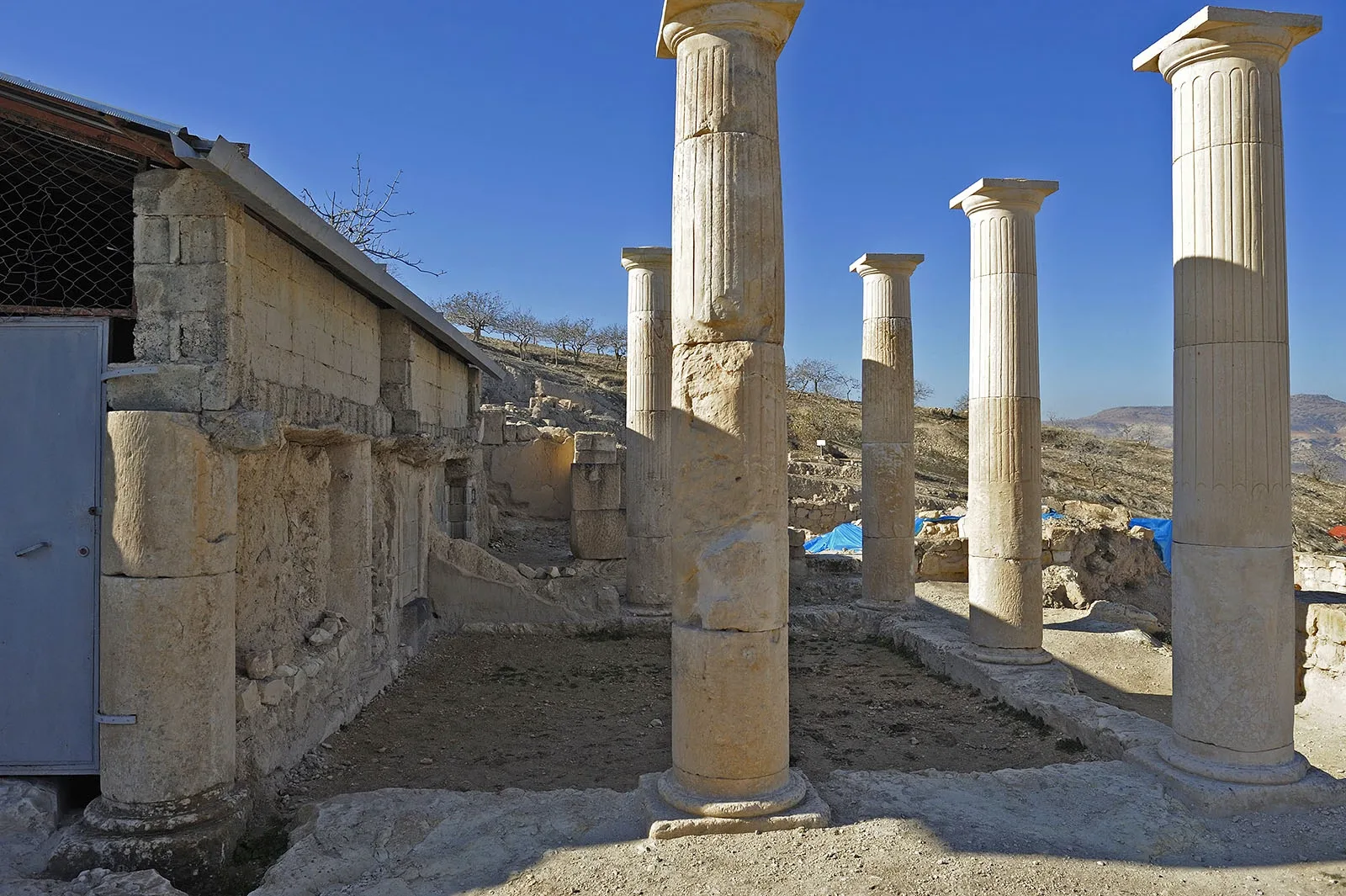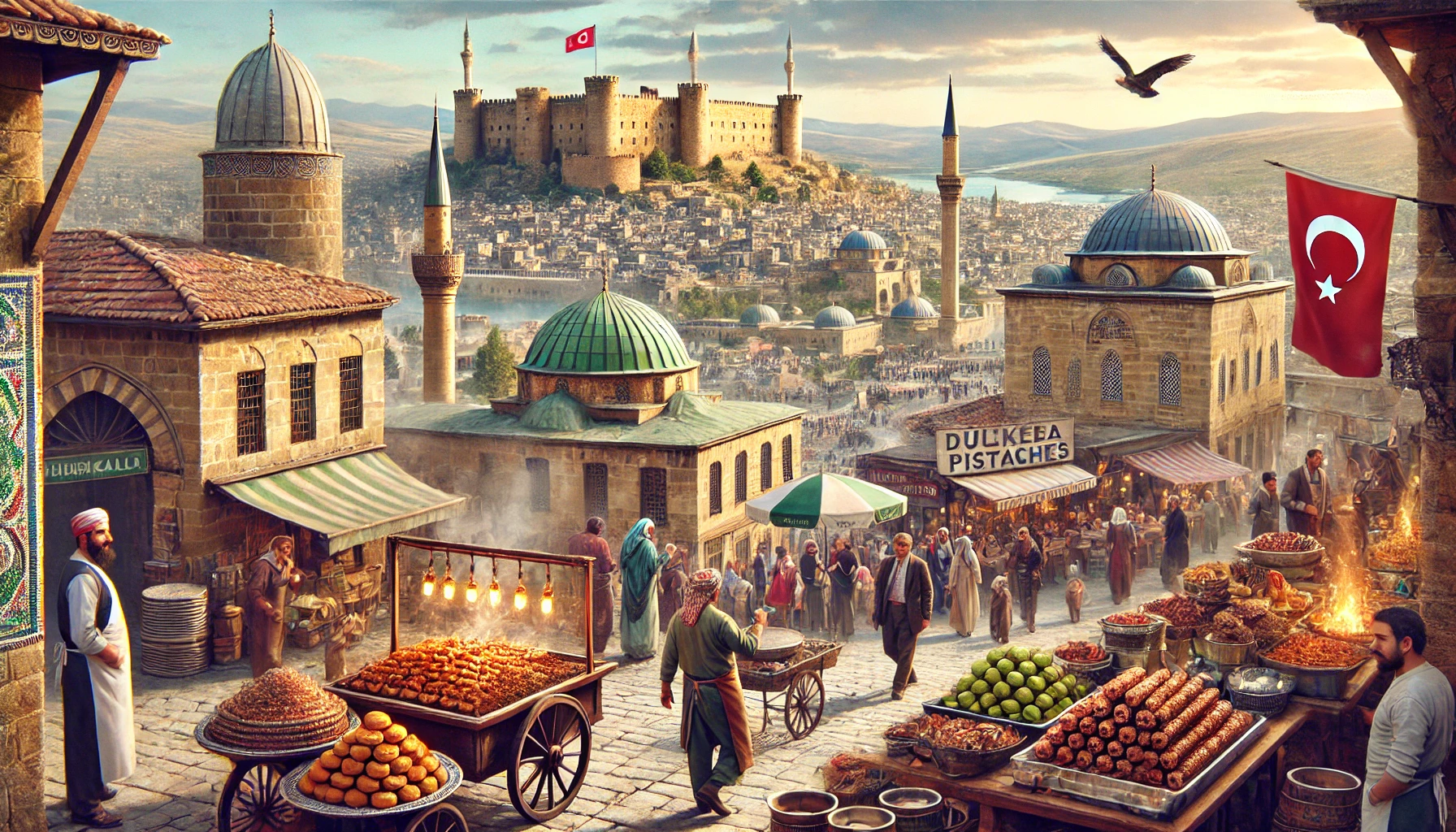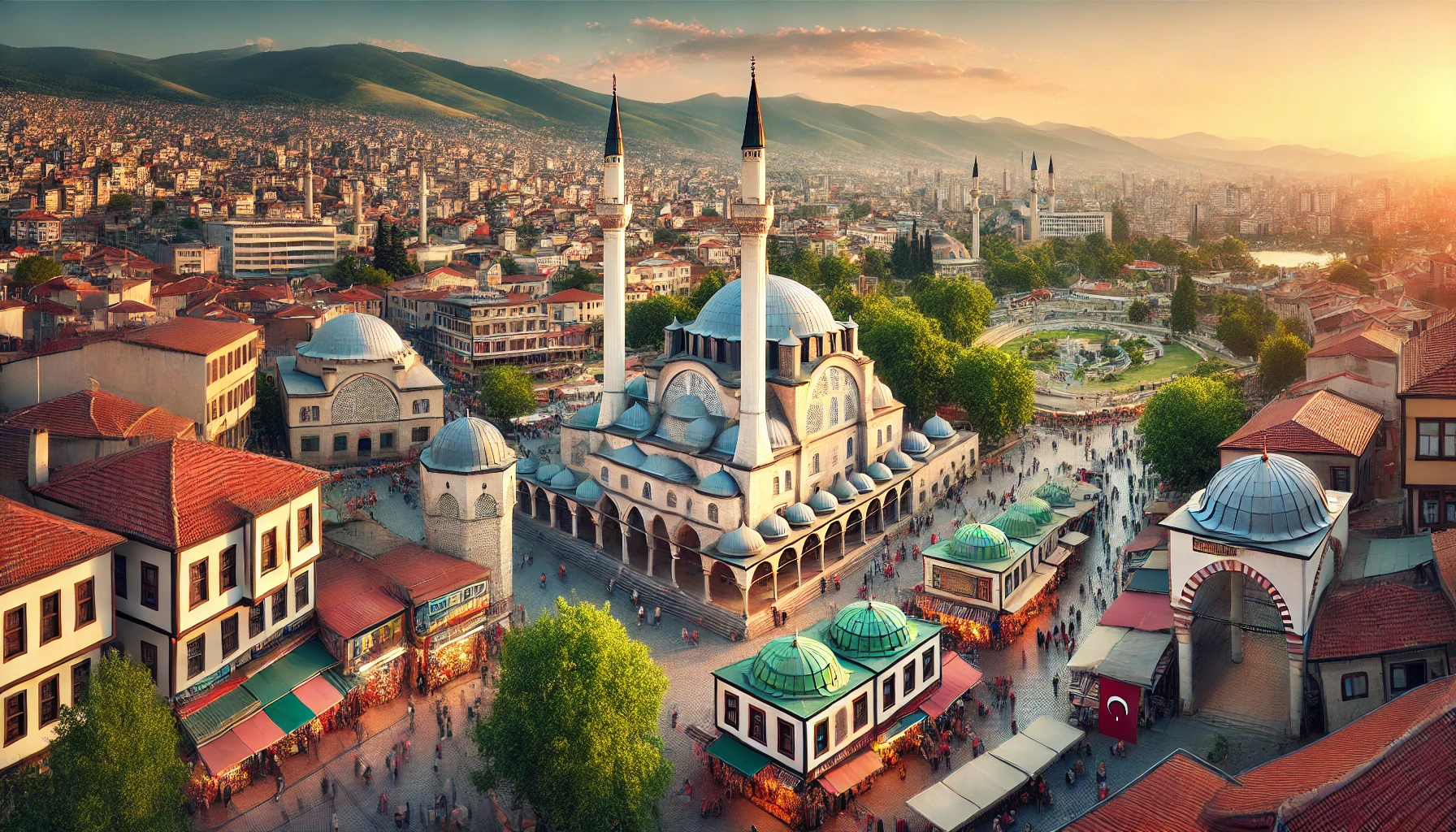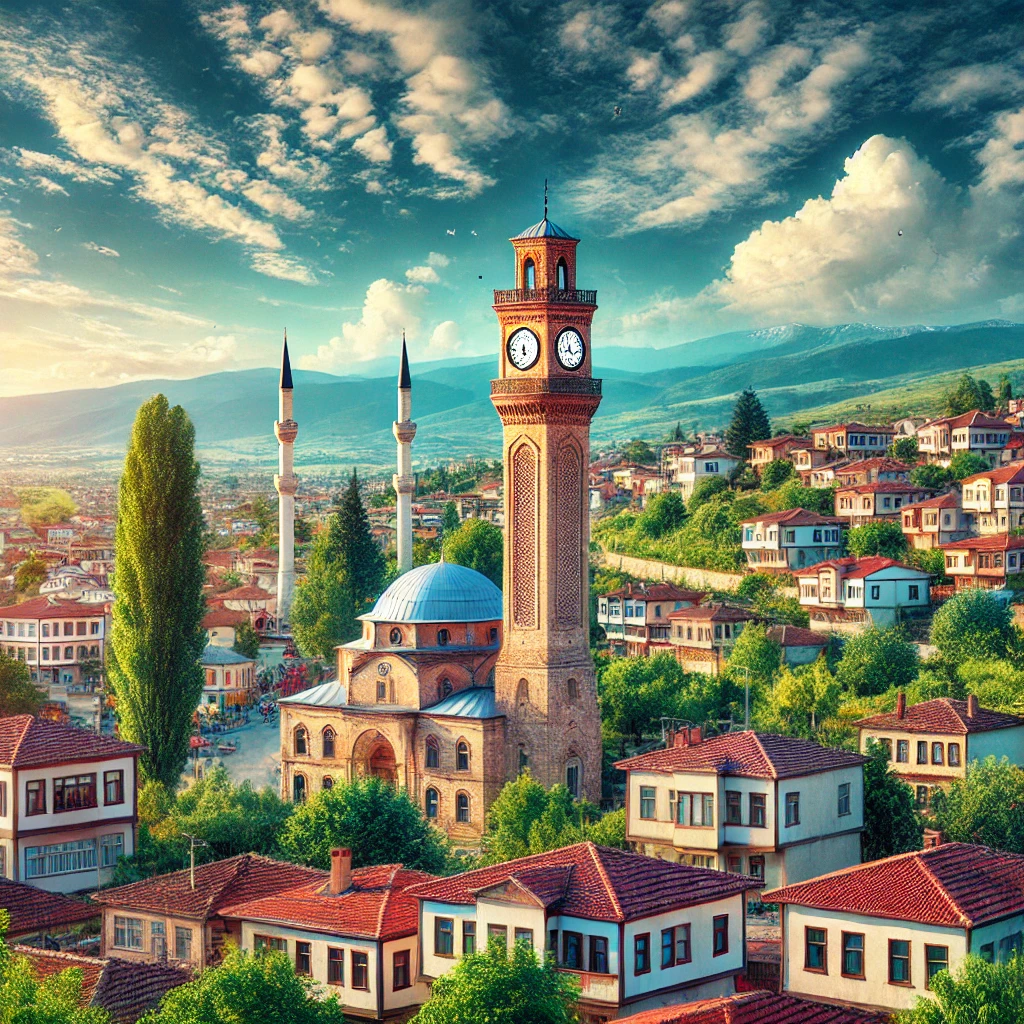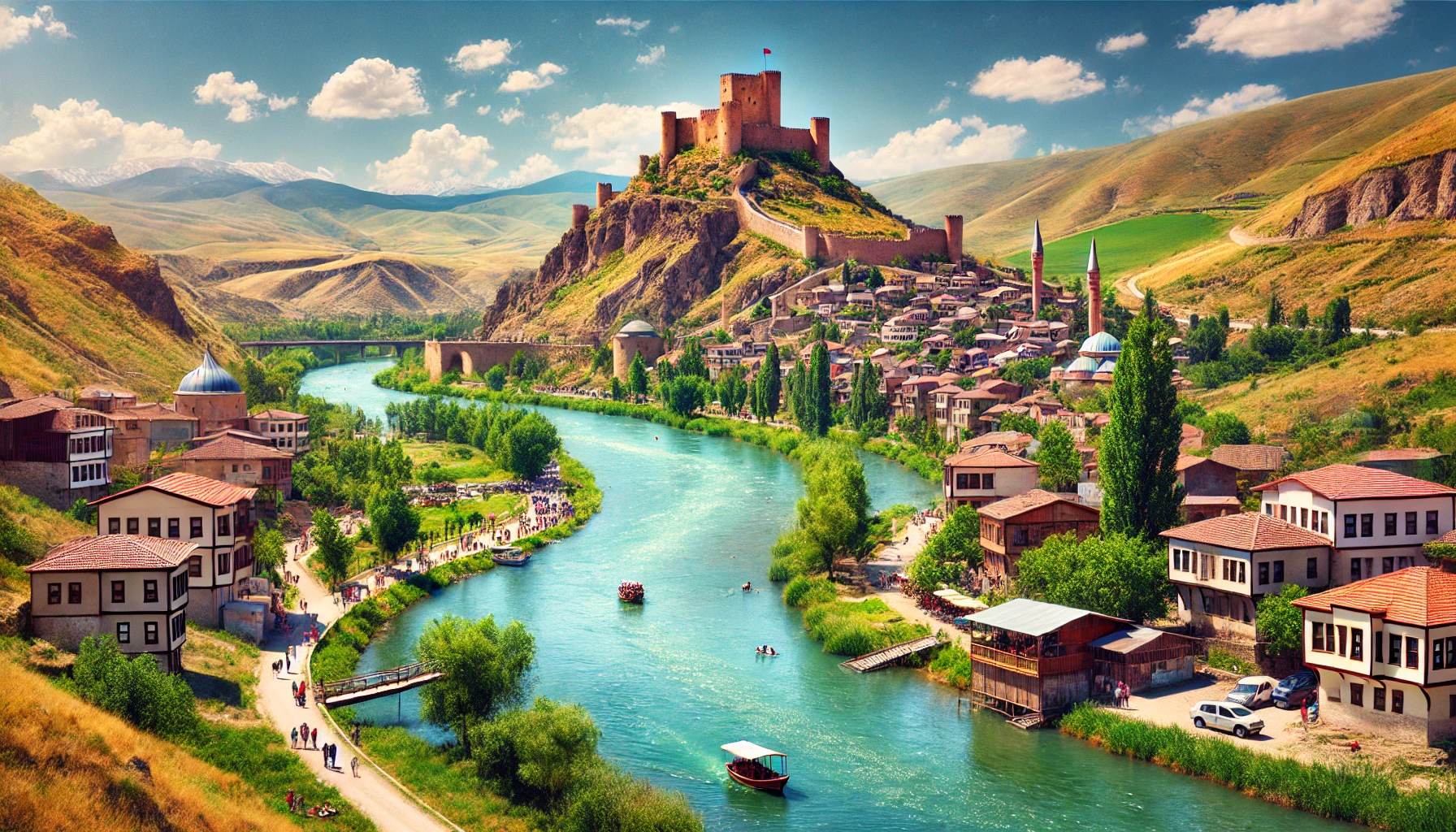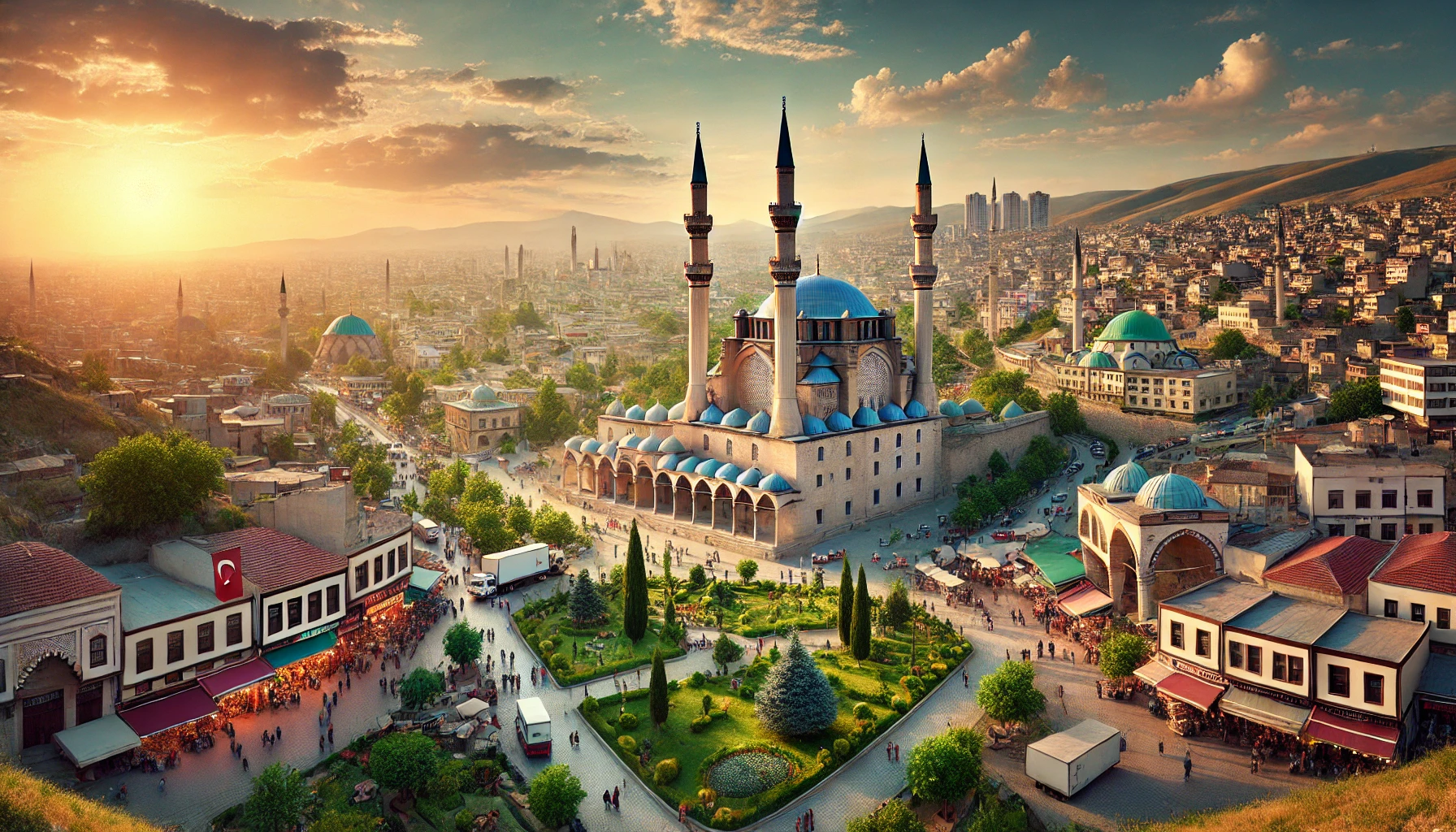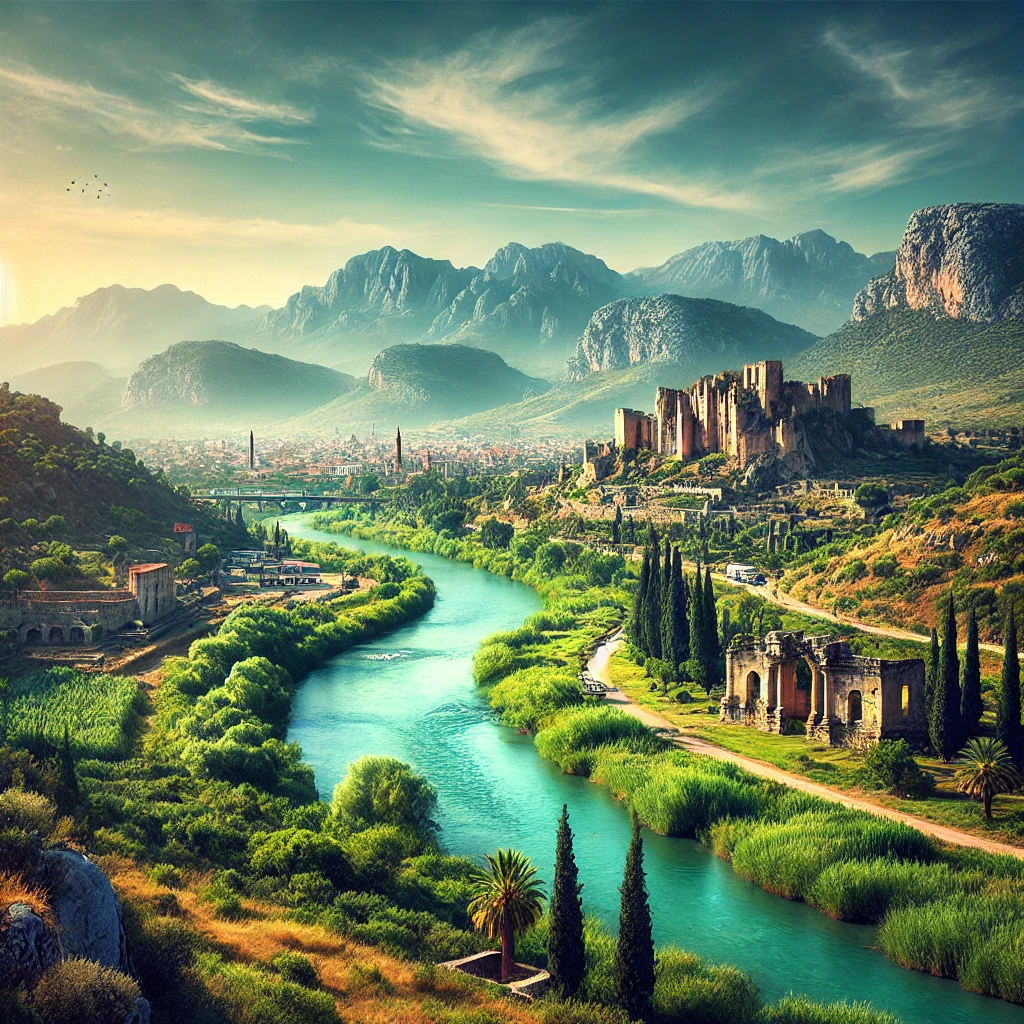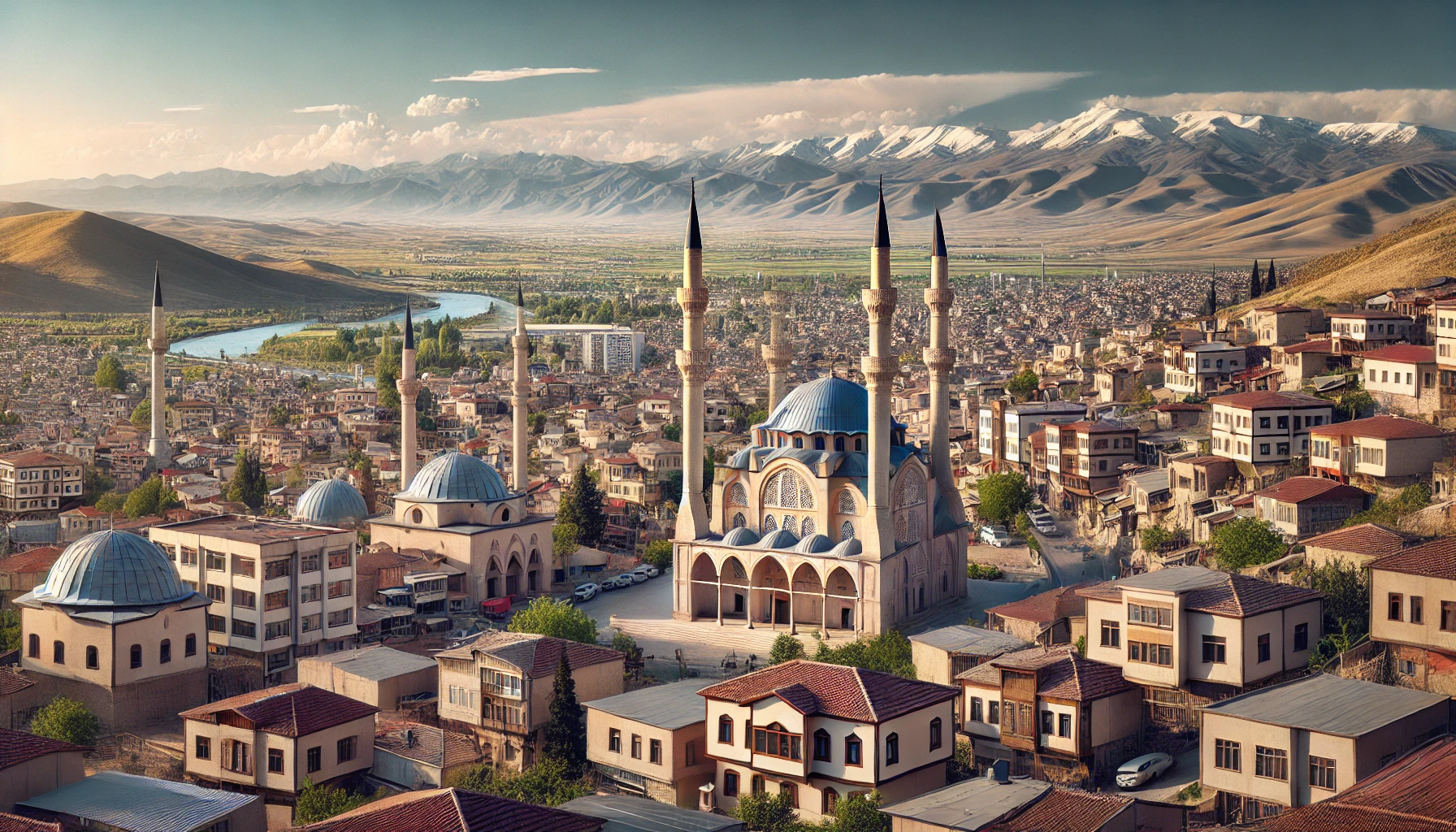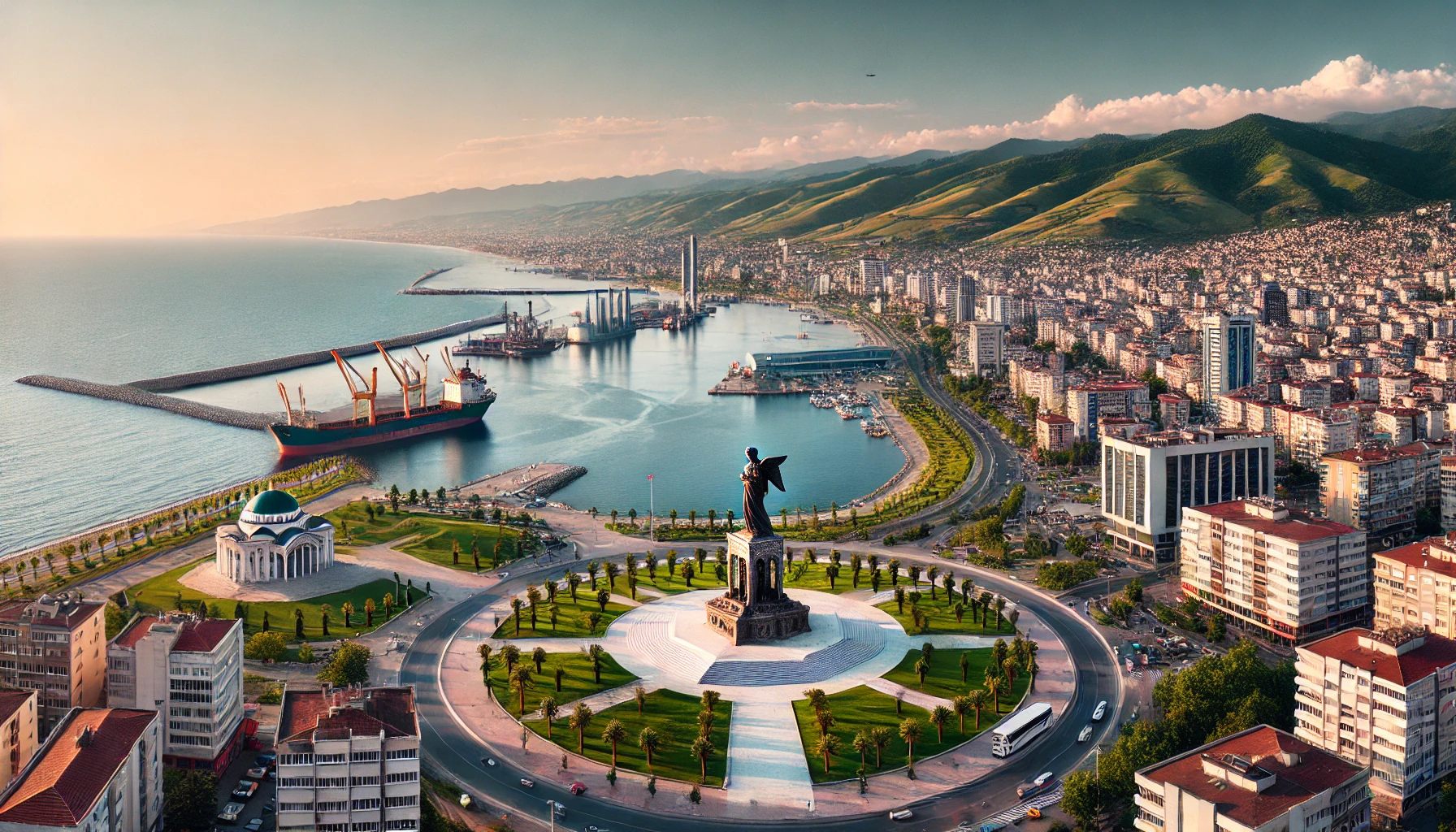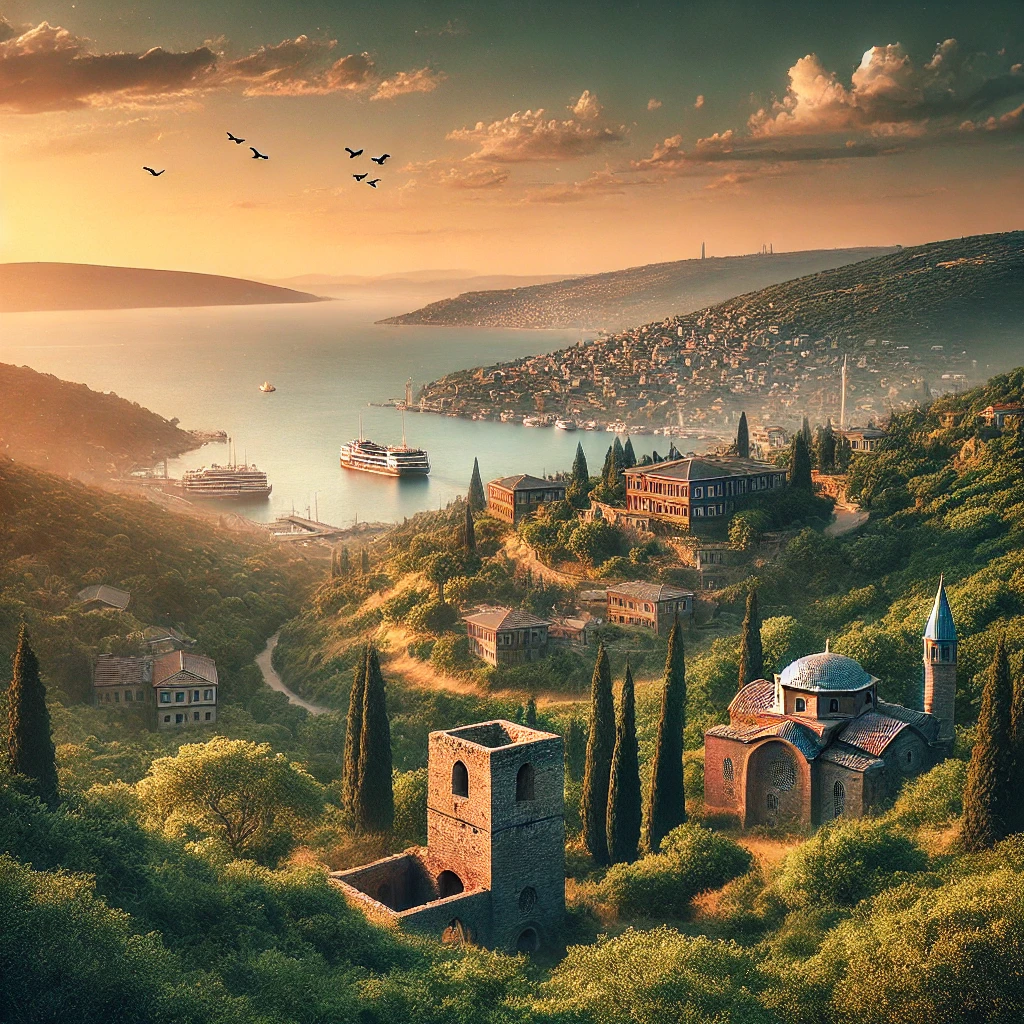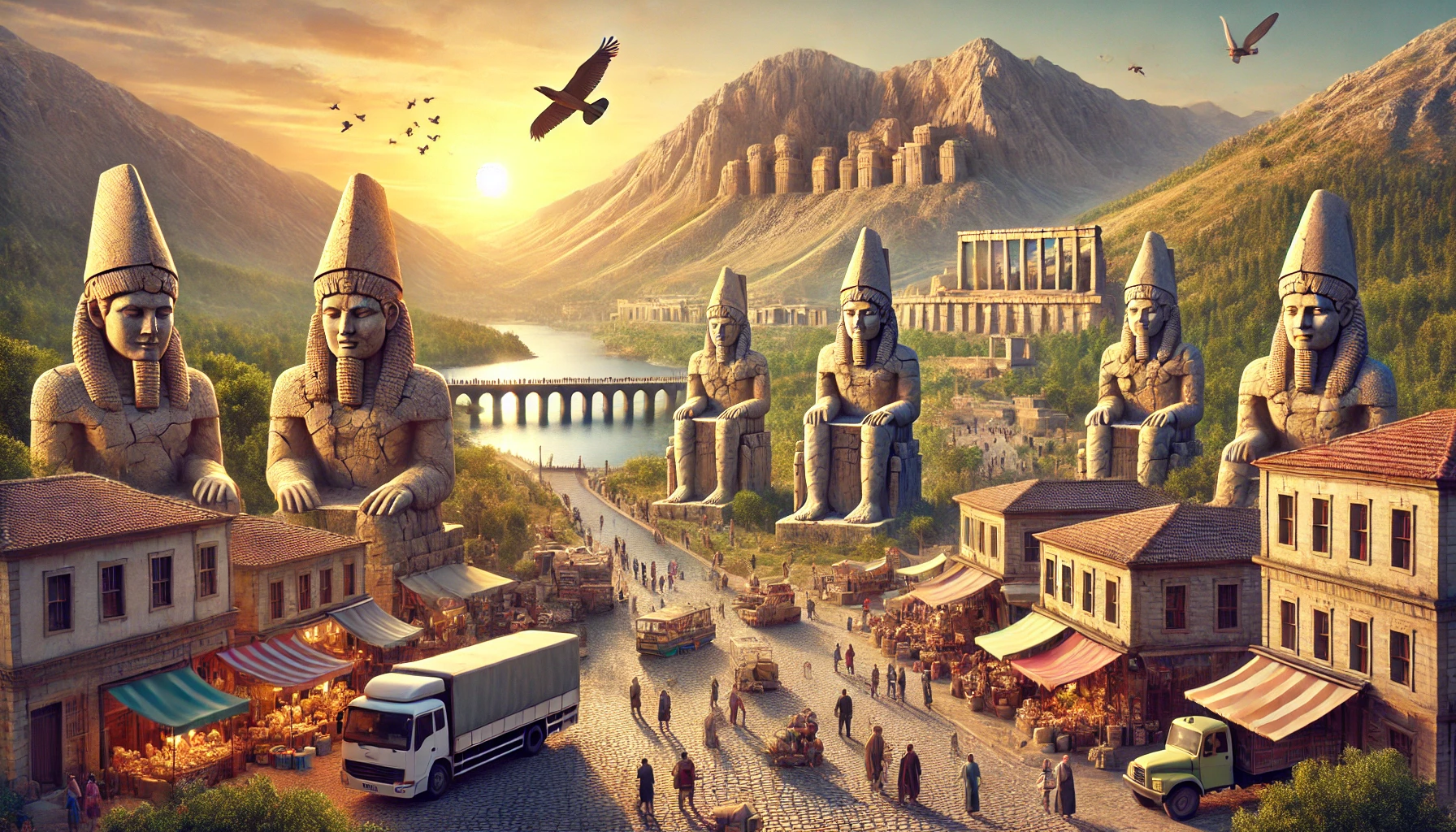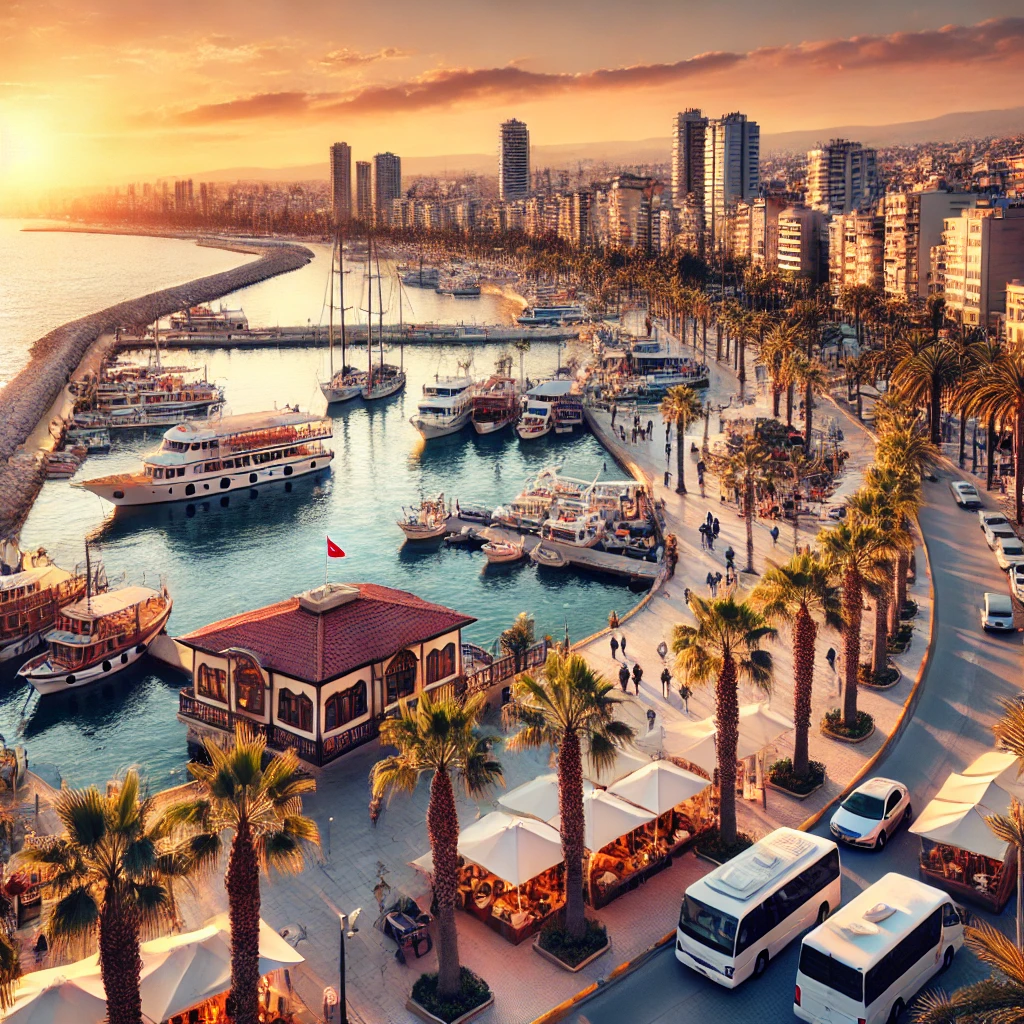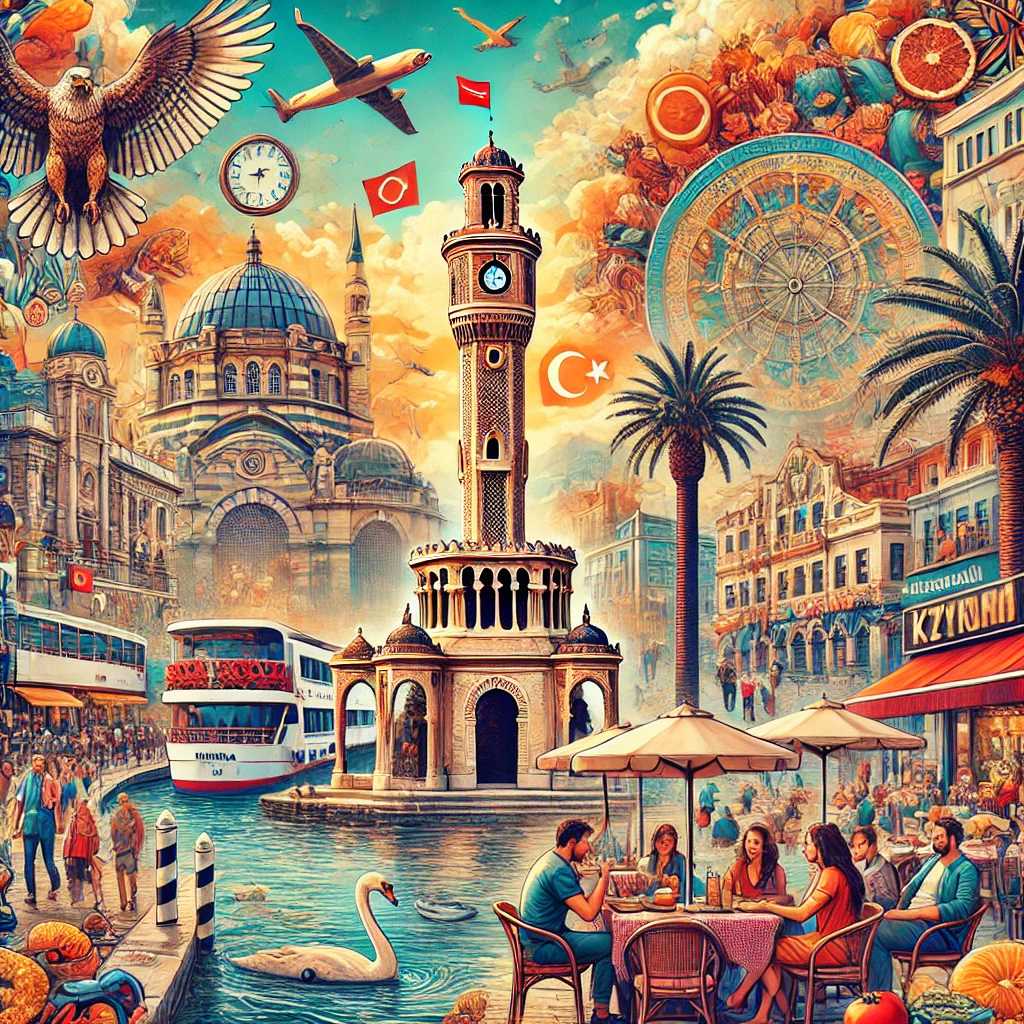Zeugma: The Ancient City of Wonders
Zeugma, meaning “gate,” is a magnificent ancient city founded in 300 BC by Seleucus I Nicator, one of Alexander the Great’s generals. Located on the Seven Hills near the Euphrates River, Zeugma is a treasure trove of history, culture, and art. This ancient city, now in the Gaziantep province of Turkey, is renowned for its well-preserved mosaics and rich archaeological heritage. Let’s embark on a journey to explore the wonders of Zeugma.
Getting to Zeugma
By Air
The nearest airport to Zeugma is Gaziantep Airport, which is well-connected to major cities in Turkey and some international destinations. From the airport, you can rent a car or take a taxi to reach Zeugma, which is approximately 50 kilometers away.
By Car
Driving to Zeugma is a convenient option, especially if you are coming from nearby cities like Gaziantep or Şanlıurfa. The site is accessible via well-maintained highways, and the drive offers scenic views of the Turkish countryside. Having a car also allows you to explore other attractions in the region at your own pace.
By Bus
Several bus companies operate routes from major cities like Istanbul, Ankara, and Gaziantep to Nizip, the nearest town to Zeugma. From Nizip, you can take a local taxi or minibus to reach the archaeological site. The bus journey is comfortable and affordable, providing an easy way to reach this historical destination.
The History of Zeugma
Foundation and Early History
Zeugma was founded in 300 BC by Seleucus I Nicator, who named it Seleucia Euphrates. The city was strategically located on the banks of the Euphrates River, serving as a critical crossing point and a vital hub of commerce and culture. Its name, Zeugma, means “bridge” or “gate,” reflecting its significance as a crossing point over the river.
Roman Period
In 64 BC, the city came under Roman control and was renamed Zeugma. During the Roman period, Zeugma flourished as a major trade center, connecting the eastern and western parts of the Roman Empire. The city was known for its luxurious villas, public baths, and impressive mosaics, which adorned the floors of its buildings.
Decline and Rediscovery
Zeugma’s prosperity declined after the 3rd century AD, and it was eventually abandoned following several invasions and natural disasters. The city remained buried for centuries until its rediscovery in the 20th century. Extensive archaeological excavations have since uncovered the city’s rich history and cultural heritage.
Exploring the Archaeological Site
The Mosaics
Zeugma is renowned for its stunning mosaics, which are among the best-preserved examples of ancient Roman art. These intricate artworks depict various scenes, including mythological figures, gods and goddesses, and everyday life. The mosaics are characterized by their vibrant colors, detailed designs, and exquisite craftsmanship.
The Gypsy Girl Mosaic
One of the most famous mosaics from Zeugma is the Gypsy Girl Mosaic, also known as the Mona Lisa of Zeugma. This mosaic portrays a young woman with expressive eyes and a serene expression. The Gypsy Girl Mosaic has become a symbol of the ancient city’s artistic heritage and is a highlight of any visit to Zeugma.
The Roman Villas
The archaeological site of Zeugma includes several well-preserved Roman villas, which offer a glimpse into the luxurious lifestyle of the city’s elite. These villas feature elaborate floor mosaics, frescoed walls, and intricate architectural details. Exploring these ancient homes provides a fascinating insight into the daily life and culture of Roman-era Zeugma.
The Bath Complex
The Roman bath complex in Zeugma is another significant site that showcases the city’s advanced engineering and architectural skills. The baths were an essential part of Roman social life, serving as places for relaxation, hygiene, and socializing. The remains of the bath complex include intricate mosaics, marble columns, and well-preserved structures.
The Zeugma Mosaic Museum
A World-Class Museum
The Zeugma Mosaic Museum in Gaziantep is the largest mosaic museum in the world and houses an extensive collection of mosaics from the ancient city of Zeugma. The museum’s modern and spacious galleries display these stunning artworks, providing visitors with an immersive experience of ancient Roman art and culture.
Highlights of the Collection
The museum’s collection includes the famous Gypsy Girl Mosaic, as well as other notable works such as the Oceanus and Tethys Mosaic, the Achilles and Thetis Mosaic, and the Dionysus and Ariadne Mosaic. Each piece tells a unique story and showcases the artistic brilliance of ancient mosaic craftsmen.
Interactive Exhibits
The Zeugma Mosaic Museum offers interactive exhibits and multimedia presentations that enhance the visitor experience. These exhibits provide context and background information about the mosaics, the history of Zeugma, and the techniques used to create these masterpieces. The museum also features a dedicated children’s area with educational activities and workshops.
The Natural Beauty of Zeugma
The Euphrates River
The Euphrates River, one of the longest and most historically significant rivers in the world, flows through Zeugma. The river has been a vital lifeline for the region, supporting agriculture, trade, and transportation for millennia. Today, visitors can enjoy boat tours along the river, offering a unique perspective of the ancient city’s landscape and its connection to the waterway.
The Scenic Hills
Zeugma is situated on the Seven Hills, which provide stunning panoramic views of the surrounding countryside. The hills are covered with lush vegetation and dotted with ancient ruins, creating a picturesque setting for exploration and photography. Hiking trails and viewpoints offer opportunities to enjoy the natural beauty and tranquility of the area.
Cultural Significance
Trade and Commerce
Zeugma was a bustling center of trade and commerce during its peak, strategically located on the Silk Road. The city’s position along the Euphrates River facilitated the movement of goods and people, making it a crucial hub for merchants and traders. The remnants of markets and warehouses in Zeugma testify to its historical role as a vibrant commercial center.
Religious and Educational Center
Throughout its history, Zeugma has been a significant center of religious and educational activities. The city was home to various temples, schools, and libraries, attracting scholars and students from different parts of the ancient world. The rich intellectual and spiritual heritage of Zeugma is evident in its architectural and cultural landmarks.
Artistic Heritage
The artistic heritage of Zeugma is reflected in its exquisite mosaics, frescoes, and architectural designs. The city’s buildings showcase a blend of influences from various civilizations, including the Greeks, Romans, and Persians. The craftsmanship and artistic excellence displayed in Zeugma’s monuments make it a treasure trove for art lovers and historians.
Practical Information
Best Time to Visit
The best time to visit Zeugma is during the spring (April to June) and autumn (September to November) months. During these times, the weather is mild and pleasant, making it ideal for exploring the archaeological site and enjoying outdoor activities. The summer months (July to August) can be quite hot, while the winter months (December to February) can be cold and rainy.
Accommodation
While Zeugma itself offers limited accommodation options, nearby Gaziantep city provides a range of hotels, guesthouses, and boutique lodgings to suit different budgets and preferences. Staying in Gaziantep allows you to easily access Zeugma and other attractions in the region.
What to Pack
When visiting Zeugma, it’s important to pack appropriately for the weather and activities. Essentials include:
- Comfortable Walking Shoes: For exploring the archaeological site and surrounding areas.
- Weather-Appropriate Clothing: Layers are advisable to adjust to changing temperatures.
- Hat and Sunglasses: To protect against the sun.
- Water Bottle and Snacks: For hydration and energy during your visit.
- Camera: To capture the stunning landscapes and historical sites.
Guided Tours
For a more informative and enriching experience, consider joining a guided tour of Zeugma. Knowledgeable guides can provide detailed explanations of the site’s history, architecture, and cultural significance. Guided tours often include transportation, making it easier to visit Zeugma from nearby cities.
Environmental Conservation
Preserving the Site
Zeugma is a site of great historical and cultural significance, and it is important to preserve it for future generations. Visitors are encouraged to follow guidelines to minimize their impact on the site:
- Stay on Marked Paths: To avoid damaging the ruins and archaeological features.
- Do Not Touch Artifacts: Help preserve the integrity of the ancient relics.
- Dispose of Trash Properly: Keep the site clean and protect the environment.
Supporting Local Conservation Efforts
Supporting local conservation efforts and organizations helps ensure the ongoing preservation and protection of Zeugma. Donations and volunteer opportunities are often available for those who wish to contribute to the site’s maintenance and promotion.
Zeugma is a fascinating destination that offers a unique glimpse into the ancient history and culture of Anatolia. Whether you’re exploring the stunning mosaics, visiting the Roman villas, or enjoying the natural beauty of the Euphrates River, Zeugma provides an unforgettable experience for travel enthusiasts. Its rich heritage, artistic excellence, and scenic landscapes make it a must-visit destination. Plan your trip to Zeugma and discover the wonders of this ancient city.
Latest Update: Jul 20, 2024
Your Content Goes Here
TAGS: Alexander the Great, ancient city, archaeological site, Euphrates River, Gaziantep, Gypsy Girl mosaic, mosaics, Roman villas, Turkey travel, visit Zeugma, Zeugma, Zeugma Mosaic Museum
Welcome to Gaziantep
A brief summary of the key points in this article.

